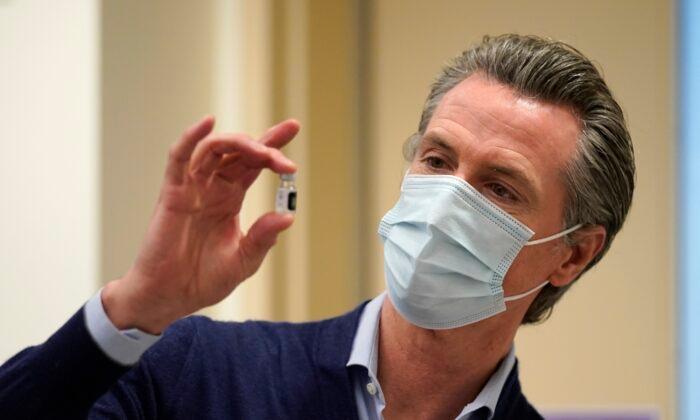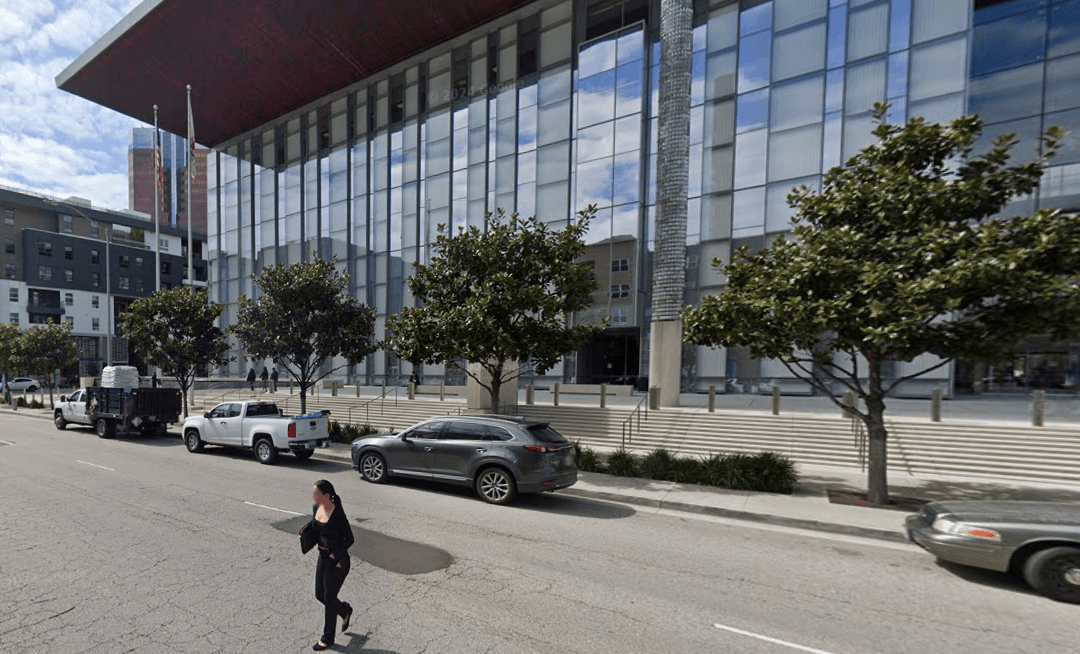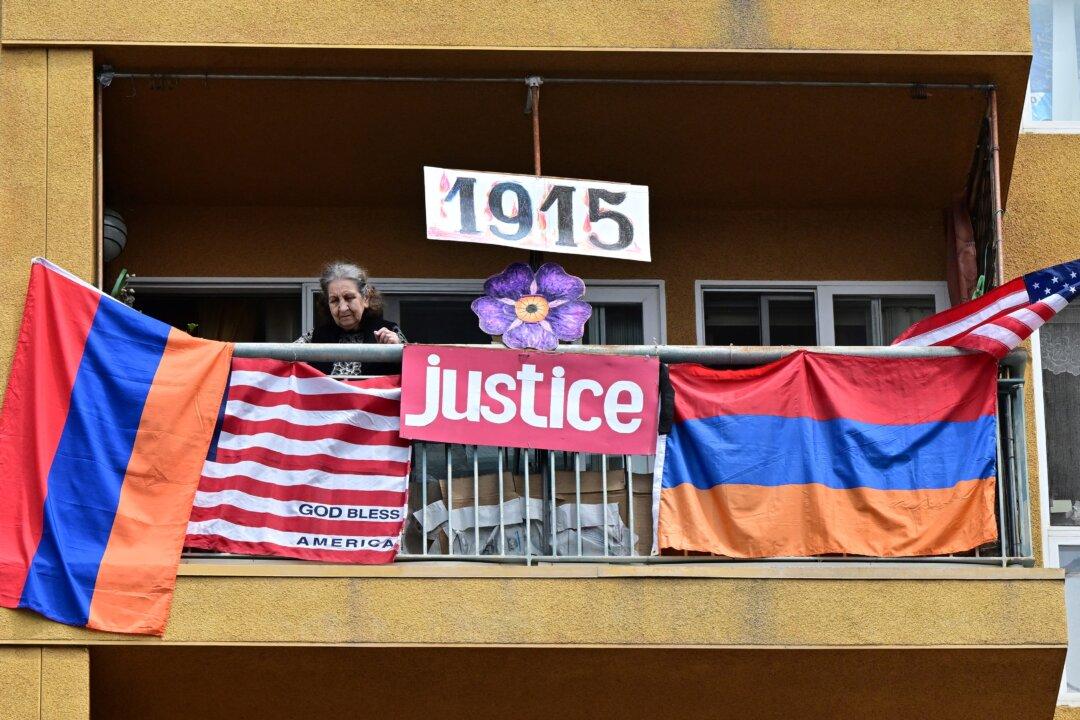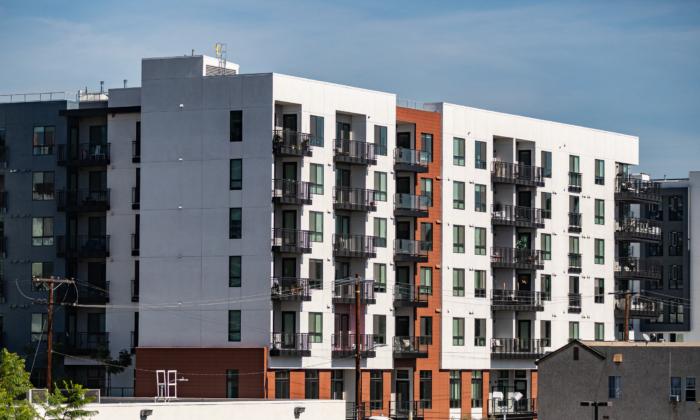LOS ANGELES (CNS)—With regional intensive care unit (ICU) capacity still officially considered to be zero, Gov. Gavin Newsom said Dec. 21 that the regional stay-at-home order imposed by the state for the entirety of Southern California will almost assuredly be extended beyond next week’s expiration date.
“We are likely, I think it’s pretty self-evident, going to need to extend those regional dates,” Newsom said.
“Based upon all the data and based upon all these trend lines, it is very likely based on those current trends that we'll need to extend that stay-at-home order, [which] you recall was a three-week order when we announced it.”
The regional stay-at-home order for the 11-county Southern California region took effect at 11:59 p.m. Dec. 6, and was originally set to end on Dec. 28. Newsom didn’t give an indication of exactly when a decision on extending the order would be made, or how much long the order would remain in place.
The Southern California region covers Los Angeles, Orange, Riverside, San Diego, Imperial, Inyo, Mono, San Bernardino, San Luis Obispo, Santa Barbara, and Ventura counties. Most broadly, the order bars gatherings of people from different households.
Under the order, the following businesses/recreational facilities were forced to close:
—indoor recreational facilities;
—hair salons and barbershops;
—personal care services;
—museums, zoos, and aquariums;
—movie theaters;
—wineries;
—bars, breweries, and distilleries;
—family entertainment centers;
—cardrooms and satellite wagering;
—limited services;
—live audience sports; and
—amusement parks.
Schools with waivers can remain open, along with “critical infrastructure” and retail stores, which will be limited to 20 percent of capacity.
Restaurants are restricted to takeout and delivery service only.
Hotels are allowed to open “for critical infrastructure support only,” while churches are restricted to outdoor-only services. Entertainment production—including professional sports—is allowed to continue without live audiences.
Four of the five regions carved out by the state are under stay-at-home orders, covering 98 percent of the state’s population. Only far northern California is not under a stay-at-home order.
The order was triggered in each area when the region’s ICU bed availability dropped below 15 percent. As of Dec. 21, the Southern California and San Joaquin Valley regions both had an official ICU bed availability of zero percent. That percentage doesn’t mean there aren’t any ICU beds available. The state adjusts the number based on the ratio of COVID-19 to other ICU patients—for every percentage point above 30 percent COVID-19 patients, the bed-availability number is reduced by 0.5 percent.






Friends Read Free